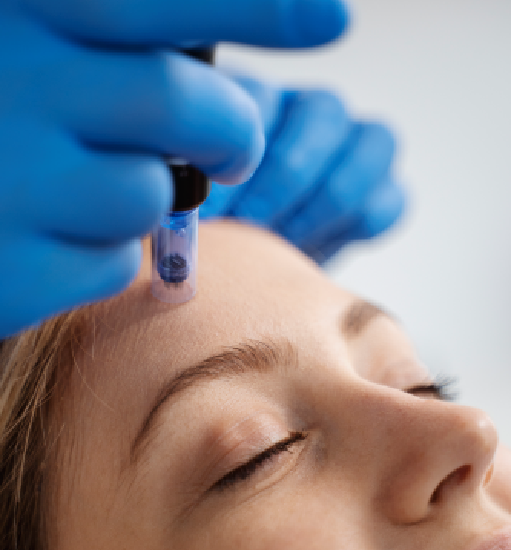Angiopoietin 1
- Science
- ang1
Understanding ANG1 in Vascular Stability and Maturation
Angiopoietin 1 (ANG1) is a key protein involved in vascular development, helping maintain blood vessels’ stability and function. It interacts with the Tie2 receptor, promoting cell survival and reducing vascular leakage. Unlike VEGF, which stimulates the formation of new blood vessels, ANG1 ensures that existing vessels remain strong and functional.
Understanding ANG1 is essential for comprehending the mechanisms of vascular maintenance and the complex processes involved in blood vessel maturation.

What Is ANG1?
ANG1 is a secreted glycoprotein that plays a fundamental role in vascular homeostasis. It binds to and activates the Tie2 receptor on endothelial cells, enhancing vessel stability and reduced permeability.
When ANG1 interacts with Tie2, it initiates several critical cellular processes, including:
- Vascular Stability: ANG1 strengthens endothelial cell junctions, preventing excessive permeability and leakage.
- Blood Vessel Maturation: It supports the structural integrity of blood vessels, ensuring their proper development and function.
- Cell Survival: ANG1 promotes endothelial cell survival by activating protective signaling pathways.
The Role of ANG1 in Vascular Function
ANG1 is essential for maintaining a functional and responsive vascular system. By stabilizing blood vessels, it ensures proper circulation and tissue perfusion. Key functions of ANG1 include:
- Regulating Vascular Permeability: ANG1 helps prevent unnecessary fluid leakage from blood vessels by tightening endothelial junctions.
- Supporting Endothelial Cell Health: It enhances cell survival and maintains the integrity of blood vessels.
- Facilitating Tissue Homeostasis: ANG1 regulates vascular networks, ensuring efficient oxygen and nutrient delivery to tissues.
Potential Benefits of ANG1 in Biological Processes
ANG1 is a critical player in vascular maintenance and function. Its biological significance includes:
- Enhanced Vascular Integrity: By strengthening blood vessels, ANG1 supports proper circulation and tissue nourishment.
- Endothelial Cell Protection: ANG1 helps endothelial cells withstand physiological stress, ensuring long-term vascular health.
- Optimized Blood Flow Regulation: Through its interaction with Tie2, ANG1 contributes to balanced vascular responses under various conditions.

Angiopoietin 1
How ANG1 Signaling Works?
The activation of the Tie2 receptor by ANG1 triggers a cascade of intracellular signals that regulate vascular function. The key steps include:
- Receptor Binding: ANG1 binds to Tie2, leading to receptor activation and downstream signaling events.
- Activation of Survival Pathways: ANG1 stimulates Akt and other signaling molecules that promote endothelial cell survival and stability.
- Regulation of Permeability: By reinforcing endothelial junctions, ANG1 reduces vascular leakage and maintains barrier function.
The Future of ANG1 Research
Ongoing studies continue to explore the role of ANG1 in vascular biology. Research areas of interest include:
- Advanced Vascular Engineering: Utilizing ANG1 in tissue engineering to promote stable and functional vasculature.
- Regulation of Vascular Homeostasis: Investigating ANG1's role in maintaining endothelial health under various physiological conditions.
- Interplay with Other Signaling Molecules: Studying how ANG1 interacts with VEGF and other factors to coordinate blood vessel function.
Angiopoietin 1
Applications Beyond Traditional Medicine
Tissue Engineering
Wound Healing
Endothelial Cell Research
References
Brindle NP, Saharinen P, Alitalo K. Signaling mechanisms of angiopoietins and their roles in vascular development. Cardiovasc Res. 2006;69(3):569-577.
Thurston G, Suri C, Smith K, et al. Leakage-resistant blood vessels in mice transgenically overexpressing angiopoietin-1. Science. 1999;286(5449):2511-2514.
Yuan HT, Khankin EV, Karumanchi SA, Parikh SM. Angiopoietin 1 and the vascular endothelium: recent insights into angiopoietin 1 signaling in the endothelium and kidney. Curr Opin Nephrol Hypertens. 2009;18(1):36-42.
